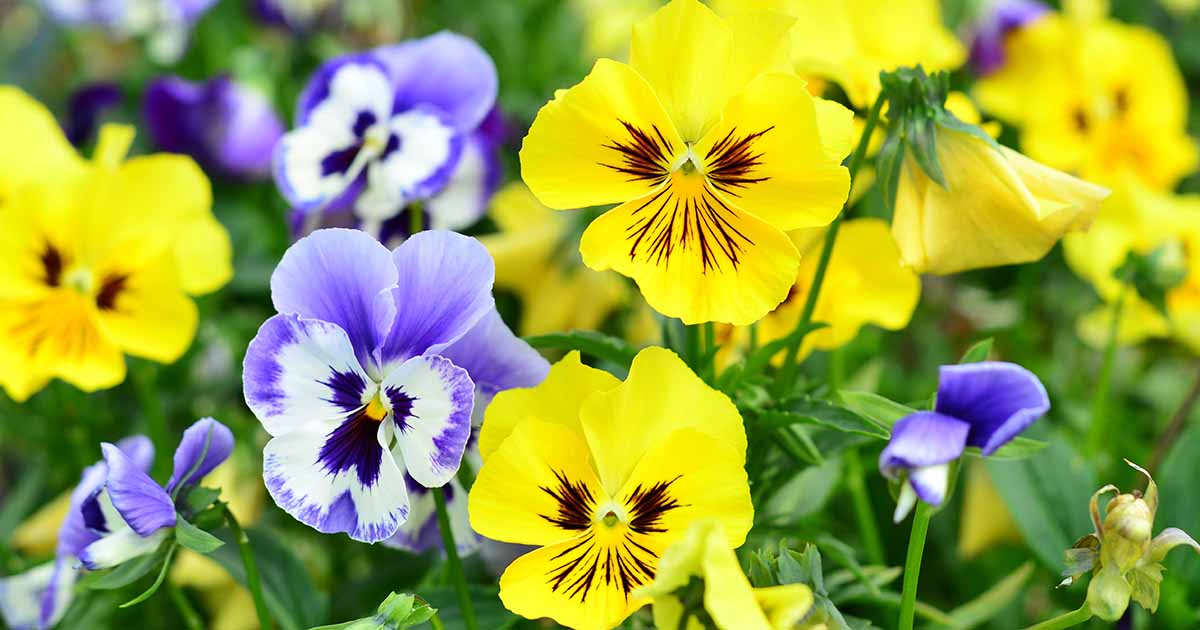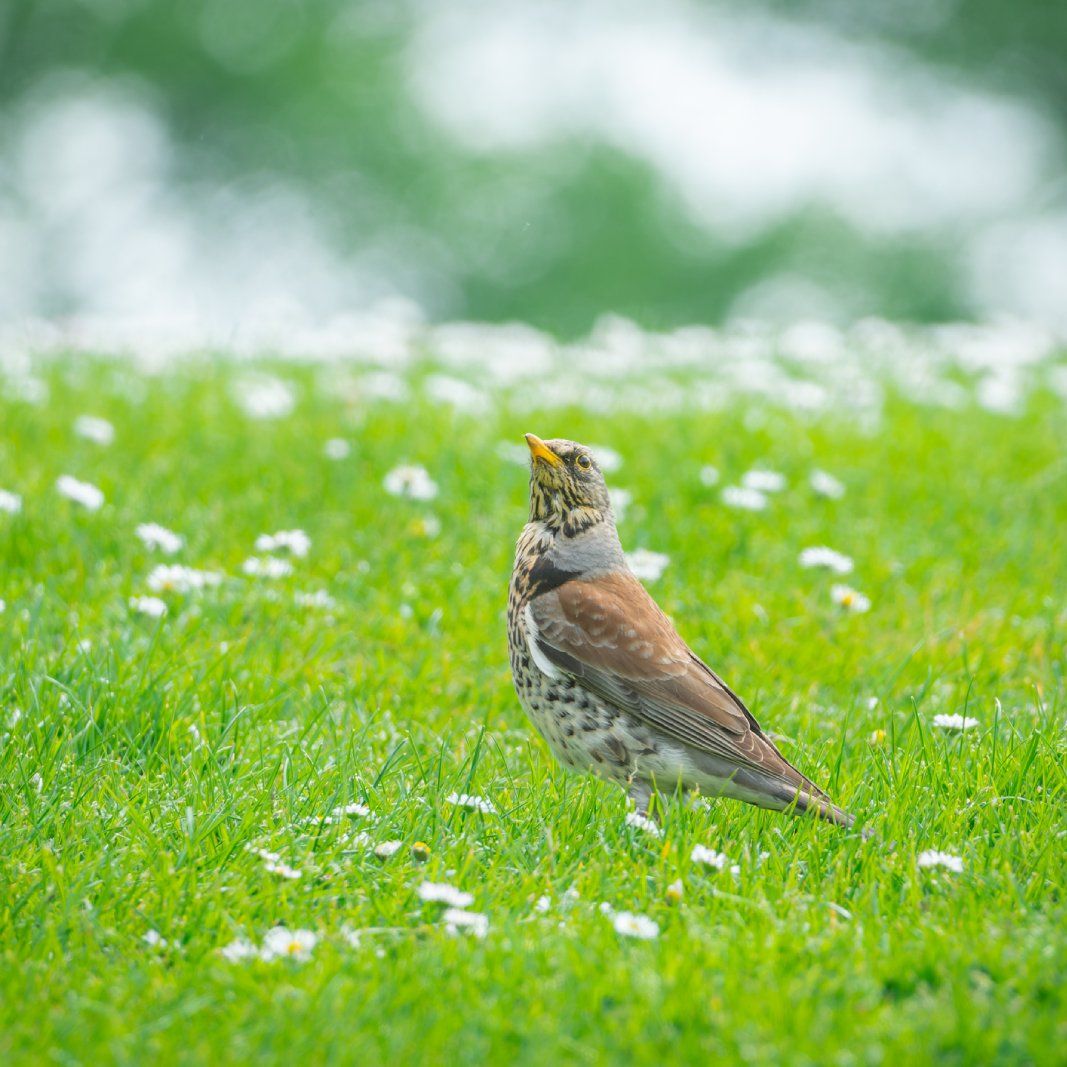Experience, as always, is the best teacher, but it’s also very helpful to understand the more frequently used gardening terms.

Postmedia may earn an affiliate commission from purchases made through our links on this page.
Article content
Most folks who are just discovering a new passion for growing food and ornamental plants will have much to learn.
Experience, as always, is the best teacher, but it is also very helpful to understand the more frequently used gardening terms. I’m sure even seasoned gardeners may wonder what some really mean.
Many Canadian seed catalogues do a great job explaining these terms, and I must compliment West Coast Seeds, our local B.C. seed company, for enhancing their catalogue to such an extent that it has become an excellent gardening guide.
As our new spring season begins, timing is one of the keys to success with all seeds and plants. In my experience, a little patience and starting a bit later is always better.
I garden by the “10 Celsius rule.” When we get consistent “daytime” temperatures of 10C, even though we may get cooler nights, then cool-loving crops — such as onions, early potatoes, brassicas, peas and broad beans — can be started outdoors, with the provision that protective coverings, like floating row covers, are available to help protect against any occasional night frosts.
Advertisement
This advertisement has not loaded yet, but your article continues below.
Article content

For heat-lovers, such as tomatoes, peppers, cucumbers and beans, it is best to wait until “nighttime” temperatures are consistently 10C or higher. Depending on the locale, this usually occurs sometime between the end of May or early June.
We often hear the term “last frost date.” This is a North American term based on a 50-year history of average temperatures recorded at government weather stations across many regions of our country. It is an average date of when the last frost occurs in any particular area.
Today’s changing climate can skew this timing, but it is at least a guide. As we move into fall, the reverse is true, and we must consider our “first frost date.”
When selecting strawberries and raspberries, we often see the terms “main season” and “everbearing.” “Main season” refers to varieties that begin to flower and set fruit during short days, and begin to decline production as the days become longer. Short days are simply defined as days when there is more darkness than light, while long days are just the opposite. “Everbearing” essentially means those varieties that begin flowering and setting fruit during longer days and keep producing well into summer and sometimes even early autumn. “Day neutral” varieties technically set fruit during short days and continue to do so into the long days.
As a rule of thumb, main season varieties of both raspberries and strawberries take one growing season to become established before they begin producing fruit, but their fruit is much larger and has outstanding flavour. Conversely, everbearing varieties usually have smaller fruits but still with good flavour.
Advertisement
This advertisement has not loaded yet, but your article continues below.
Article content

When picking up tomato seeds or starter plants, we often see the words “determinate” and “indeterminate.” With determinate varieties, like “Celebrity” and “Tumbler,” the term simply means they flower and set fruit only during a specific timeframe. Indeterminate varieties keep on growing and producing fruit until frost ends their season. “Sweet Million,” “Beefmaster” and “Better Boy,” are prime examples of indeterminate varieties. The greenhouse tomato industry grows only indeterminate varieties, and sometimes a plant can grow 20 feet tall and continually produce for more than a year. I know some folks favour one type over the other, but with our shorter summers, both types will produce right to the end of our growing season.
The term “parthenocarpic” is used frequently for tomatoes, such as “Oregon Spring,” and for cucumbers. It means that a pollinator is not needed to help the flowers set fruit. Parthenocarpic varieties usually have all female flowers and pollinate nicely on their own. These varieties generally tend to produce fruit earlier. The term “gynoecious,” when referring to cucumbers, means they have mostly female flowers, which usually makes them more productive.
When we hear a reference to “burpless” cucumbers, it means that this variety is easier to digest without causing gassiness in some folks.
After a sudden weather change, usually a hot spell, greens, such as spinach, coriander, arugula and mesclun, can rapidly go to seed — this process is called “bolting.” It usually stops any vegetative growth, and the plant simply finishes. Try to prevent this phenomenon by keeping these plants well-fed and watered. Today, newer varieties are being developed that are more resistant to bolting.
Advertisement
This advertisement has not loaded yet, but your article continues below.
Article content
In hot sun, old-fashioned varieties of cauliflower, with their pure white heads, can suddenly turn an unattractive yellow. To counter this problem, new “self-wrapping” hybrids have been bred to fold their leaves overtop of the heads to keep them pure white.
“Companion planting” refers to using the principle of positive synergy in plant relationships, where the characteristics of one plant benefits another. There are many examples of this technique helping pollination, insect repelling, weather protection and crop sacrifice. Planting radishes with turnips protects the turnips from burrowing insects that are more attracted to radishes. Sunflowers are often used to create windbreaks for other vegetables, and their strong stems are used to support vines.
The term “days to harvest” lets you know approximately how many days before you can harvest your crops. The clock starts ticking once the seeds have germinated and have developed their first true leaves. This also applies to transplants.
We often hear about “soil pH” or “soil acidity,” and it can be confusing. The level of soil acidity, or alkalinity, must be in a range where plants can thrive. Most plants grow well when the pH range is between 5 and 8. A measurement of 7 is neutral, below 7 is acidic, above 7 is alkaline. On the West Coast, with all the rain, soils tend to be acidic, while the drier Okanagan tends to have alkaline soils. Acidic soils are adjusted by applying lime, and alkaline soils are amended by adding sulphate fertilizers. Both products will help bring soils into the range where plants are happy. Meters that measure pH levels and soil test kits are available to determine a soil’s profile.
I hope this brief explanation will help you with understanding some of the more common gardening terms











